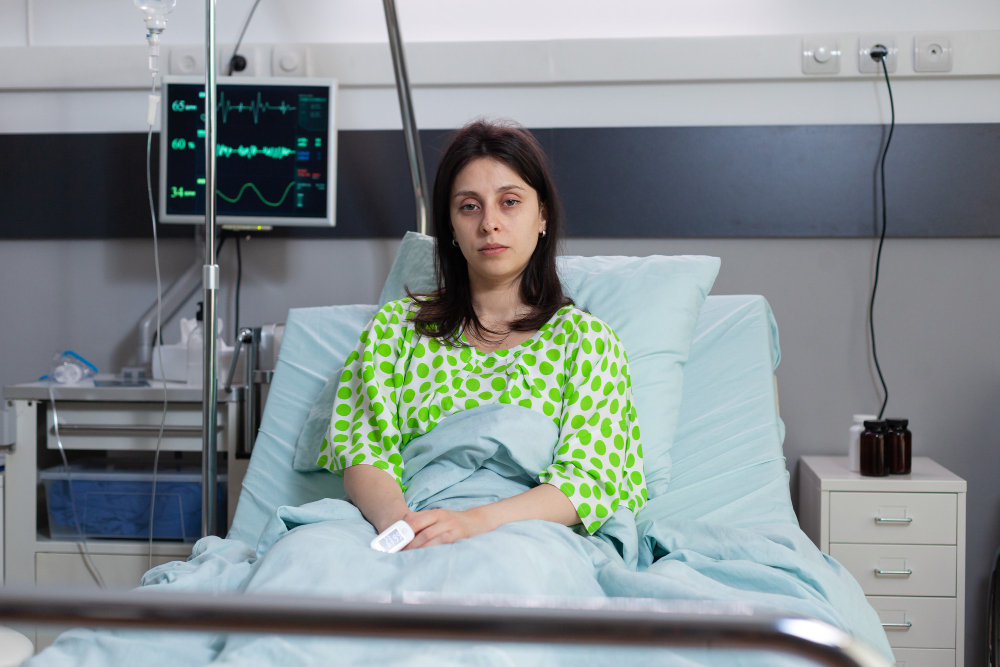- Younger breast cancer survivors with a germline pathogenic variant or an initial diagnosis of in situ breast cancer have a significantly higher risk for a second primary breast cancer.
- Patients initially diagnosed with in situ disease have over a fivefold higher risk for second primary breast cancer compared with those initially diagnosed with invasive disease.
- Genetic testing is crucial for younger breast cancer survivors to assess their risk for a second primary breast cancer.
A recent study has revealed alarming findings regarding the risk of second breast cancer in certain women. The study highlights the importance of understanding various risk factors, including the use of the Tyrer Cuzick calculator, endometriosis, and the impact of screening methods. These findings underscore the need for personalized approaches to breast cancer prevention and treatment.
Various factors, such as age, family history, and genetics influence breast cancer risk. The Tyrer Cuzick calculator is a valuable tool that assesses an individual’s risk based on these factors. Additionally, endometriosis has been identified as a potential risk factor for breast cancer, emphasizing the importance of early detection and intervention.
Screening plays a crucial role in detecting breast cancer at an early stage. Mammograms are commonly used for screening, but other methods, such as genetic screenings, are also effective. Understanding which screening method best suits high-risk individuals is essential for improving outcomes.
Some women face a higher risk of developing a second breast cancer. Factors such as genetic predisposition and previous cancer treatments can increase this risk. Identifying these high-risk women early on can lead to more effective preventive measures.
Reducing the risk of second breast cancer involves a combination of lifestyle changes, such as maintaining a healthy weight and regular exercise, as well as medical interventions. Hormone replacement therapy (HRT) may increase the risk of breast cancer, so its use should be carefully considered.
In conclusion, the study highlights the importance of personalized risk assessment and screening for breast cancer. By understanding and addressing individual risk factors, healthcare providers can help reduce the risk of second breast cancer in high-risk women. Continued research in this area is crucial for improving outcomes and saving lives.
Related Sources
tyrer Cuzick calculator, endometriosis risk factors, breast cancer risk score, risk factors of cervical cancer, high risk for breast cancer, uterine cancer treatment, uterine cancer risk factors, risk of breast cancer, breast cancer risks, how to reduce breast cancer risk, risk for breast cancer, risk of breast cancer by age, lifetime risk of breast cancer calculator, risk factor for breast cancer, risk factors of ovarian cancer, does hrt increase risk of breast cancer
FAQs
What is the Tyrer Cuzick calculator?
The Tyrer Cuzick calculator is a tool used to assess an individual’s risk of developing breast cancer based on various factors such as age, family history, and genetics.
How does endometriosis affect breast cancer risk?
Endometriosis has been identified as a potential risk factor for breast cancer, although the exact mechanism is not fully understood.
Which screening method is used to test for breast cancer?
Mammograms are commonly used for breast cancer screening, but genetic screenings can also be effective, especially for high-risk individuals.
What are the risk factors for uterine cancer?
Risk factors for uterine cancer include obesity, hormonal imbalances, and genetic predisposition.
Does hormone replacement therapy (HRT) increase the risk of breast cancer?
Yes, HRT has been associated with an increased risk of breast cancer, especially when used long-term.







